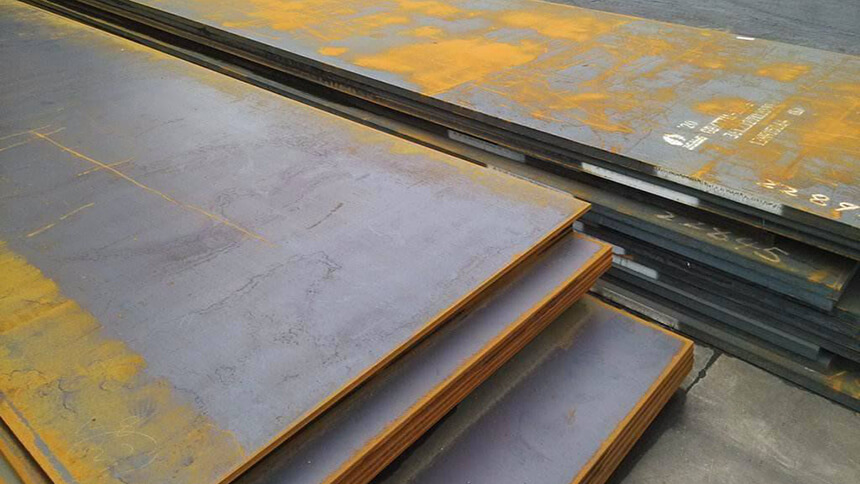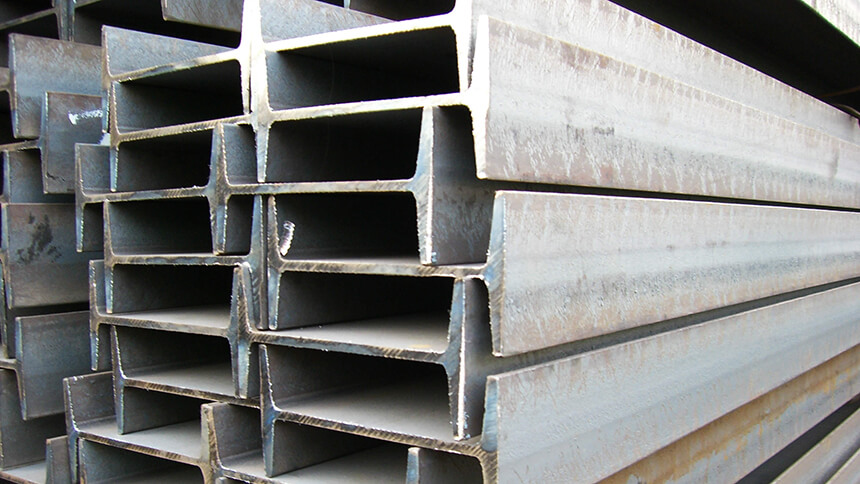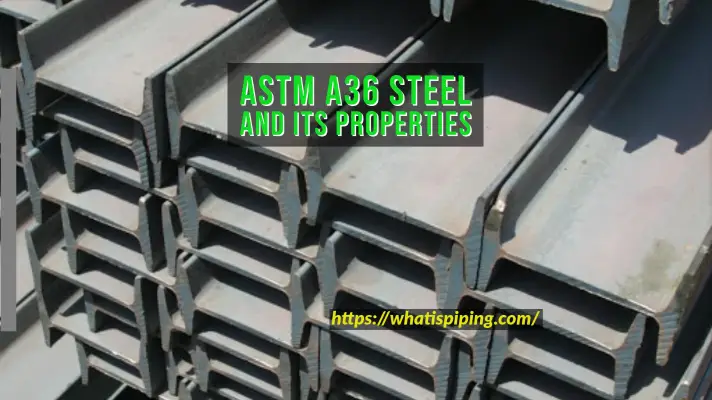

Carbon steel is about $500/ton, while stainless steel costs about $2000/ton. However, as a rule of thumb, stainless steels cost four to fives times much as carbon steel in material costs. Typical applications for low-carbon steel include automobile body components, structural shapes (e.g., I-beams, channel and angle iron), and sheets that are used in pipelines, buildings. They are primarily driven by supply, demand and energy prices. the type of product you would like to buy.It is difficult to know the exact cost of the different materials because it strongly depends on many variables such as: Density of this metal is 7861.093 kg/m³ (0.284 lb/in³) and the tensile strength is a maximum of 500 MPa (72500 psi). In addition, they are machinable, weldable, and, of all steels, are the least expensive to produce. As a consequence, these alloys are relatively soft and weak but have outstanding ductility and toughness. Microstructures consist of ferrite and pearlite constituents. Low-carbon steel sheets used for car body applications, for example, are subjected to a variety of forming operations, including deep drawing. For example, A36 steel is a common structural steel in the United States. Typical applications include automobile body components, structural shapes (e.g., I-beams, channel and angle iron), and sheets that are used in pipelines, buildings.

Mild steel has a relatively low tensile strength, but it is cheap and easy to form surface hardness can be increased through carburizing.


Low-carbon steel contains approximately 0.05–0.25% carbon making it malleable and ductile. Low-carbon steel, also known as mild steel is now the most common form of steel because its price is relatively low while it provides material properties that are acceptable for many applications.


 0 kommentar(er)
0 kommentar(er)
